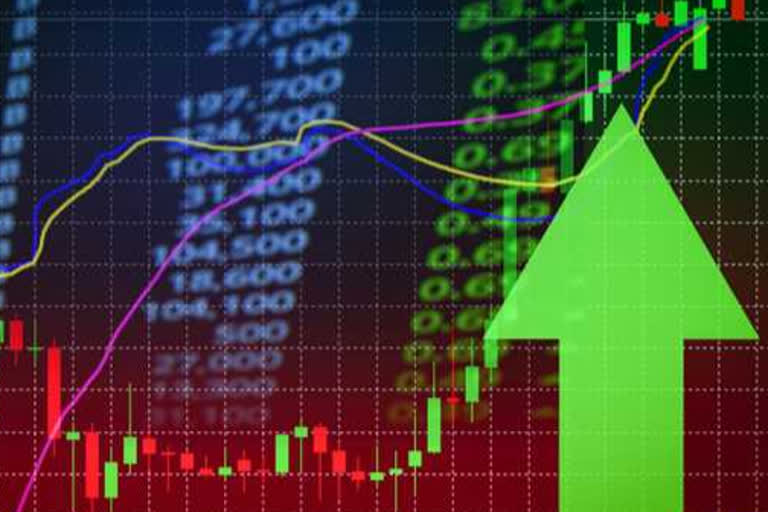Mumbai: As the Indian equity indices logged new highs with the BSE Sensex hitting the 50,000 mark for the first time ever, the road to this landmark has been bumpy at times in the past one year, as it had plunged to around 25,000 points in March 2020.
On March 24, 2020 Sensex touched a decadal low of 25,638.9 points after the announcement of the nationwide lockdown to tackle Covid.
Interestingly, it took the index just 10 months to reach the landmark 50,000 mark. This indicates a nearly 100 per cent return during the 10 month-period.
The markets got a major push after the announcement of the liquidity measures by the government under the 'Atmanirbhar Bharat' package and the steps of the Reserve Bank of India (RBI) including the lowering of rates.
Another major factor pushing the markets higher was the massive inflow of foreign institutional investments (FII) which flocked towards India amid zero or nil interest rates in major economies including the US and European countries.
India received FIIs of around $22.5 billion or Rs 1.7 lakh crore in equities in 2020. Net FII inflow so far this month stands at Rs 20,098.53 crore.
The Net inflow of foreign portfolio investment (FPI) so far in the current financial year stood at over Rs 2.38 lakh crore, according to NSDL data. This is the highest FPI inflow ever in a fiscal.
Contrary to the enthusiastic participation of foreign investors, the domestic institutional investors (DII) have been wary of the Indian stock market and continuously pulled out investments amid the pandemic. In FY21, DIIs recorded their first net outflow in fiver year. Net DII outflow in this fiscal stands at over $4.9 billion so far.
